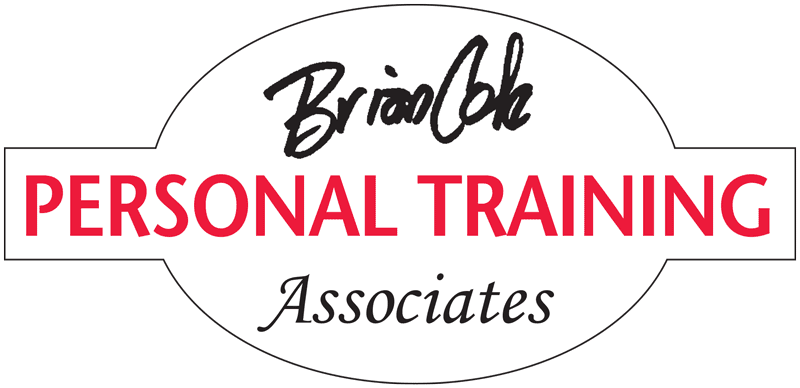Somewhere between 35 and 55, we start to notice an expansion. For men, it’s the waistline. For women, it seems to center in the lower abdomen, hips, and back of the arms. And for women, the problem is compounded by a reduction in estrogen, which triggers even more changes. But, those new fat cells also produce estrogen, which helps with menopausal symptoms (hot flashes, mood swings, sleep disturbances, etc.). Huh?
There’s more. Our metabolism is slowing down, and our lean muscle tissue is decreasing. No one is immune. Some people have a genetic advantage, but the same process is happening—with the same results. We lose calorie-burning tissue (lean muscle) and add body fat which equals less energy, less activity, more heart disease, more high blood pressure, more diabetes, more breast cancer, more osteoporosis, etc. The loss of lean muscle tissue is the real problem to address, not the addition of fat cells.
Diets focus on weight loss and for most people, the focus should be on getting into better condition. Ideally, we should be both lean and fit. But unless health/life is really threatened, and for most it’s not, being heavy and fit is clearly preferable to being average weight and deconditioned. Just having a genetic advantage on weight gain doesn’t offset the disadvantages of poor conditioning.
As reported in the December 5, 2007 Journal of the American Medical Association, regarding a study of more than 2,600 men and women from 1979 to 2001, death rates of fit subjects, regardless of weight, were less than half of those who were sedentary. Another major study of 22,000 men over an eight-year period, also concluded that the lean unfit were nearly twice as likely to die as the fit, including the overweight fit. Stated another way by Dr. Steven Blair, director of research at the renowned Cooper Institute for Aerobics, in Dallas, “We found that being overweight did not increase mortality risk in fit men.”
So, what is fit? Healthful eating habits, 30–45 minutes of daily brisk walking and the addition of significant lean muscle tissue gained by weight resistance training.
I understand your reluctance to join a gym. You’re feeling kind of “lumpy” and the idea of exercise clothes and trying to learn and sweat, with a bunch of sleek, color coordinated, younger bodies, on confusing equipment, is a bit intimidating. (That’s one reason we’re so busy with our private studios.) But the benefits are worth it.
While group exercise classes are beneficial, they have more in common with walking or treadmill use. Yoga and Pilates have many advantages and I recommend them to many clients. They are ideally part of an overall healthy lifestyle. But the only effective way to build new lean muscle tissue is through heavy progressive resistance weight training.
Have a professional trainer teach you safe form. Learn how to train your deeper postural muscles, not just your surface ones. And then, don’t worry about the details of techniques: Free weights on a machine? Light weights and more reps, or heavy weights and fewer reps? How many sets? How much time between sets? I don’t care if you do three sets of 15 reps, or one set of 21 reps, or one set of 10 reps. If you focus and work hard, and ask your muscles to do one more than they can, i.e. if you learn to work to failure, your body will respond to the demands. You WILL build lean muscle tissue. At any age.
If you’re a woman—without steroids—you aren’t going to bulk up. You will not, you cannot, develop muscles like men. Improve your strength, your health, your posture, your energy and your bone density. You’ll look thinner and be firmer. Really. All that. It takes time (I suggest a lifetime), but it will work.

